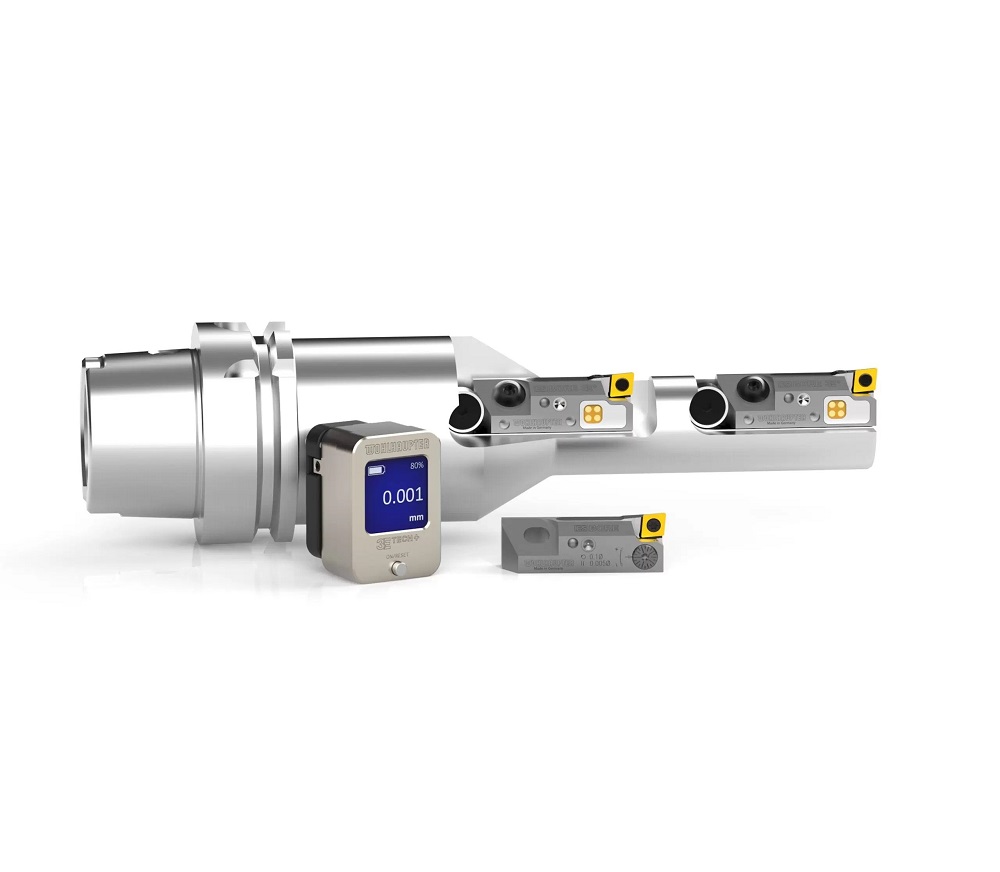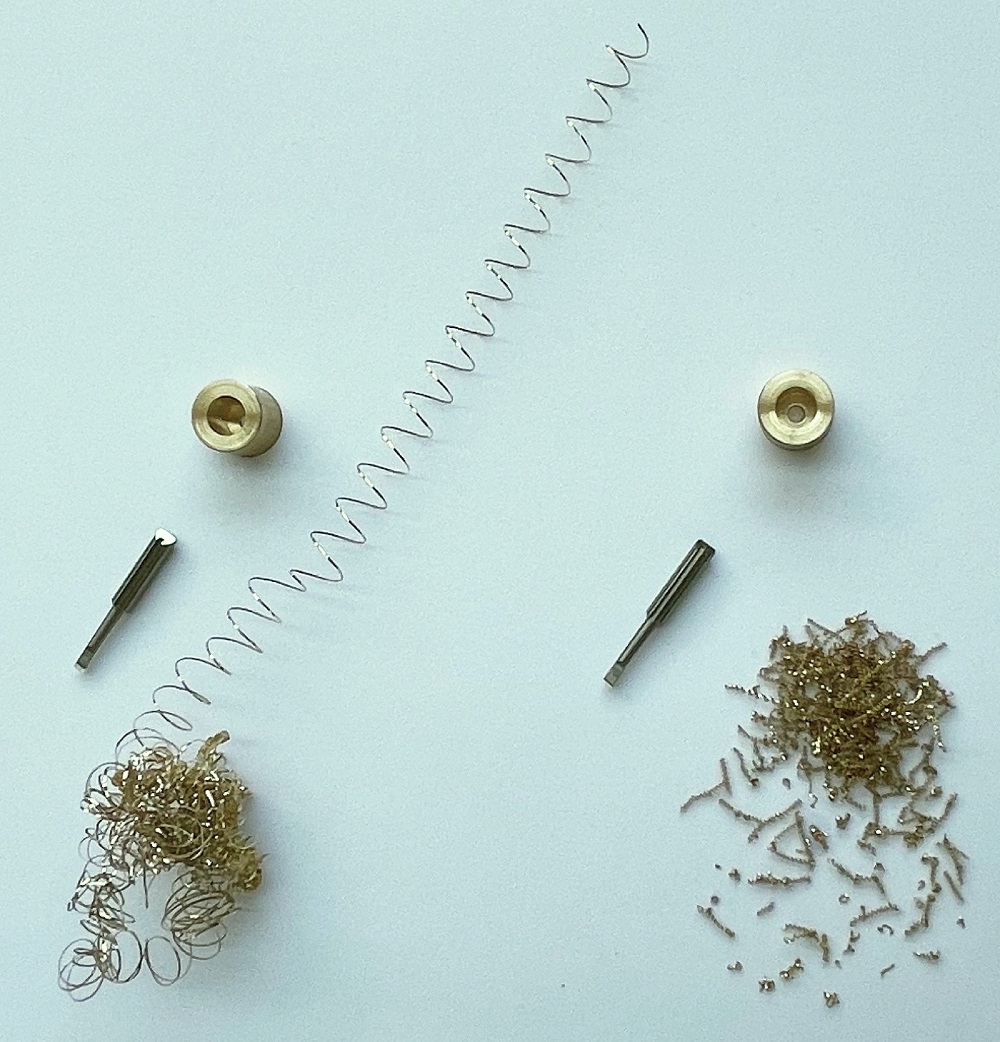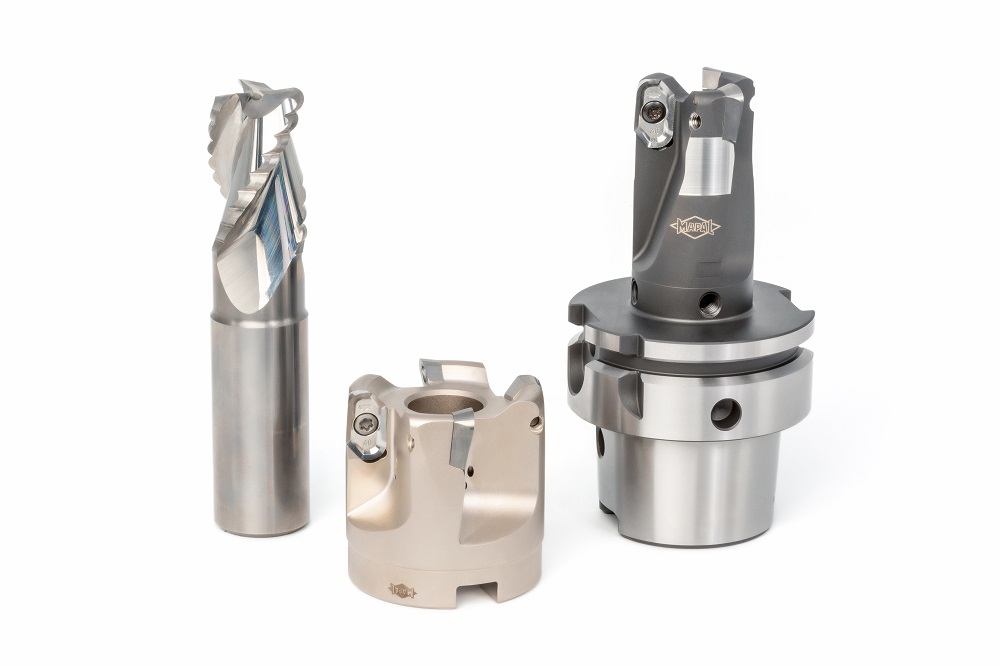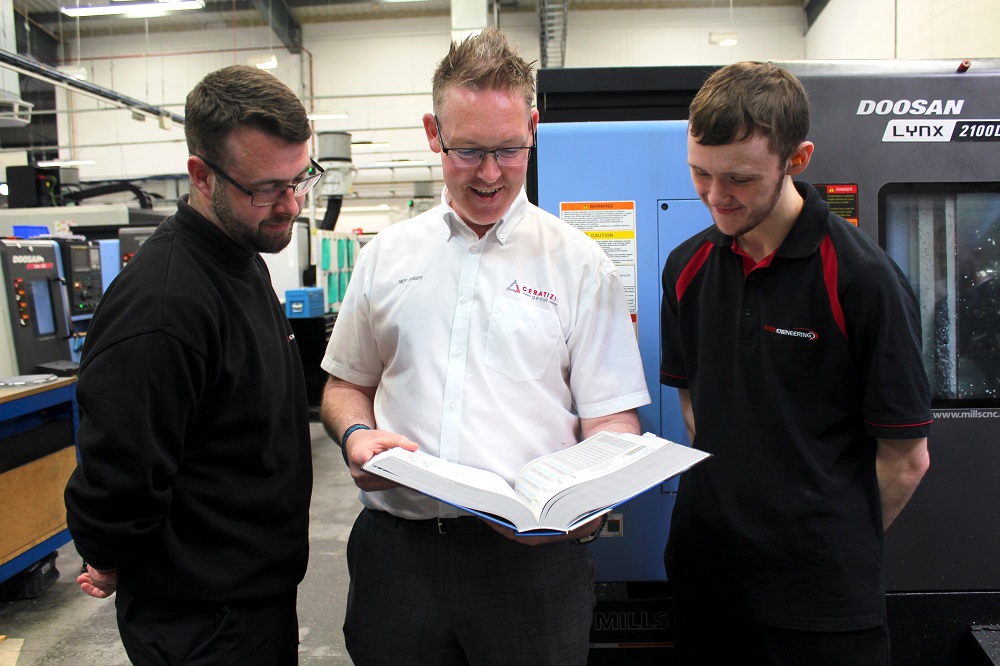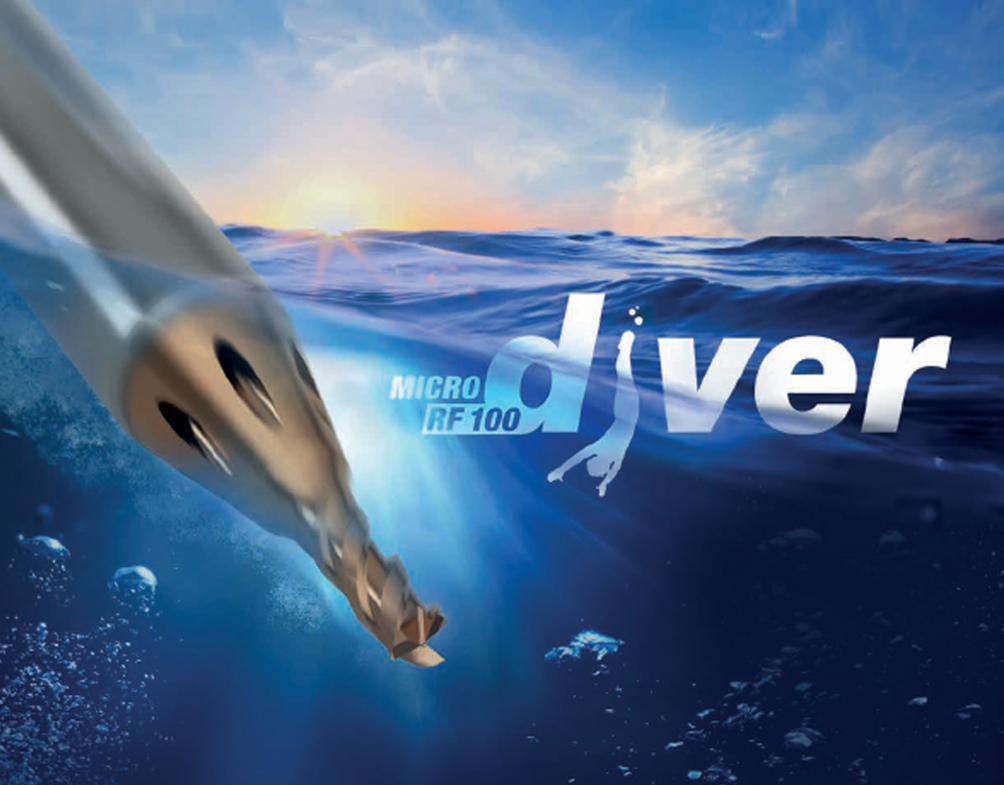Allied Machine and Engineering, a manufacturer of hole-making and finishing cutting tools, is launching a new series of Wohlhaupter fine-boring lay-down cartridges. The ES-Bore (Easy Set Bore) and inventory will be available from 16 October.
The new lay-down cartridges are easily mountable to the body of a custom tool, while the dimensions allow the cartridge to fit on existing bodies and replace current lay-down cartridges, in addition to providing 3ETECH+ functionality.
When used with standard Wohlhaupter components, the lay-down cartridges have a diameter range of 28 to 3200 mm. However, a maximum boring range is not definable for custom boring tools as the range is unlimited and application-dependant. Currently, the cartridges are available for two different insert sizes – the ISO form 101 and Wohlhaupter’s form 20 insert – providing suitability for all common materials.
For customers looking to build their own custom tool, the ES-Bore is available in analogue or digital versions for use with the new 3ETECH+ digital readout module. The 3ETECH+ provides enhancements such as improved visibility with a larger OLED display screen, improved diameter adjustment accuracy of 1 µm and a rechargeable battery via USB-C.
This new product introduction provides the possibility to design custom tools incorporating the ES-Bore lay-down cartridges, allowing customers to receive special tools within a shorter delivery time and at lower cost. Additionally, the release of the fine-boring cartridges gives users the opportunity to build their own special tool because the customer only needs an ES-Bore lay-down cartridge for mounting to the boring bar in manufacture.
For further information www.alliedmachine.com






